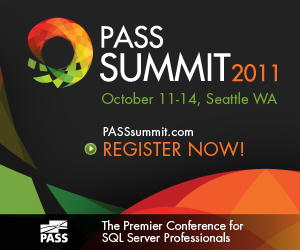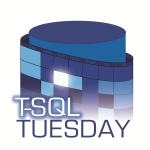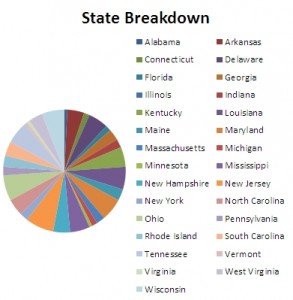Next month, something awesome is going down.
For the first time since the Two Weeks in Junetrip in 2008, we’ll be going to conferences. For the first time in…well…ever, the conferences we’re going to are the same one at the same time.
Finally, FINALLY, we’re heading to Seattle for the Professional Association for SQL Server’sannual Summit. This conference was first put on my map when it basically replaced the MS BI conference in 2009 (which wound up getting scheduled for every two years). At the time, I was getting deep into my first “real” DBA job, taking the somewhat long and temporarily divergent road towards a career in BI. I came very close to footing the bill myself for the conference that year, and it would have been pretty interesting to see what would have happened since then had I made that move…
Anyway, we’re both going for real this year, and I’m looking forward to just about everything about it. I can’t wait to meet everyone from the SQL Server community that I haven’t yet (which is most everyone), to possibly sing badly (#SQLKaraoke), to try to split myself up into three pieces to go to all of the sessions that I want to go to (although I haven’t run through the schedule yet), and to try to find time to mumble onto the keyboard to get some posts up here about whatever is going on.
There are a couple things different about this one, though. I won’t be attending a precon session for the first time. That’s a little weird for me, as I think of it as part of the conference experience, and I always get a lot of good info out of them. When I’ve gone to conferences before, I haven’t had great reasons to go to BI-related sessions; I’d just check them out because I’d have the time and/or because I was interested in that sort of stuff. This time, pretty much the primary reason I’m attending is to go to every SSAS session I can. This is really awesome for me.
The other big thing that will be different is my attendance in after-hours events. For the TechEds & Connections conferences I went to, I went to very few after-hours events, either official or unofficial. We’re going to be hitting as much as we can this time, spending time with as many of our fellow Data Nerds™ as possible. Hopefully we won’t annoy too many people—we wouldn’t want to get blacklisted or anything 😉
So, in about a week and a half (!), we will get to spend some quality time in the back of a Southwest Boeing, KBNA—>KSEA. This trip will put me both the furthest West & North I’ve ever been (I don’t get out much), and that will be neat, too. We’ll be missing the photowalk on Monday, which is a bummer, but will be in town through the following Monday, so we’ll have plenty of time to spend with the Emerald City.
I know it’s getting close, but there’s technically still time! If you’re a SQL Server Pro, any of DBA, BI Monkey, or Dev, if at all possible, you should be here for this. I don’t explicitly know what we’re all getting into, but from what I’ve heard and read, there is no better place to be.
Did I mention that I’m excited about this? Yeah, I’m excited about this. The lack of sleep that’s going to happen that week, though? Yeah, I like my sleep. A lot. I’m not sure how that’s going to go.












